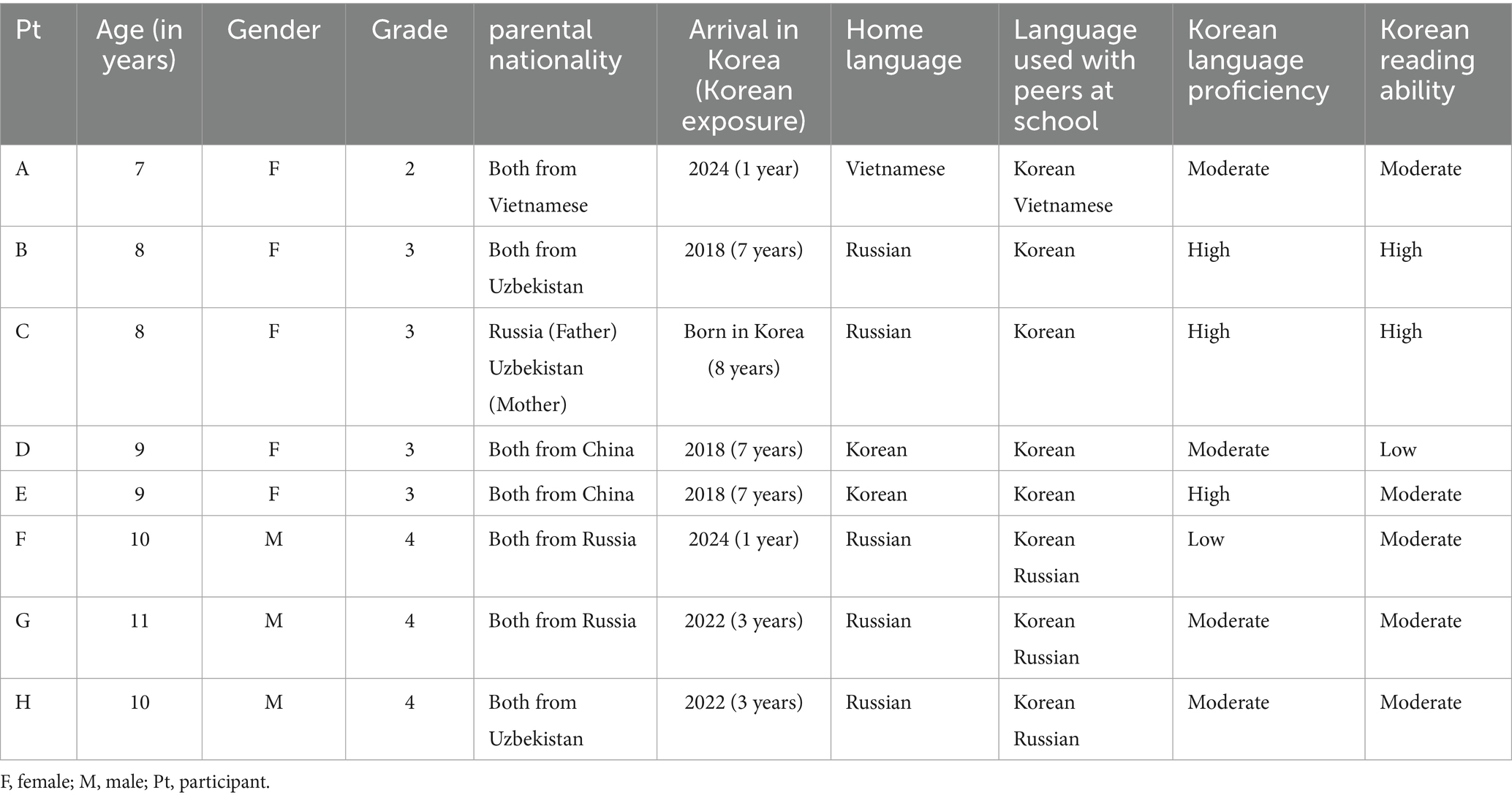Report on Massachusetts High School Graduation Standard Revisions
Aligning State Education Policy with Sustainable Development Goals
This report details the ongoing efforts in Massachusetts to redefine high school graduation requirements following the voter-led elimination of the Massachusetts Comprehensive Assessment System (MCAS) exam as a diploma prerequisite. The new draft regulations, developed by the Statewide K-12 Graduation Council, aim to establish a framework that aligns with global standards for equitable and quality education, as outlined in the United Nations Sustainable Development Goals (SDGs), particularly SDG 4 (Quality Education).
Proposed Graduation Framework and SDG 4: Quality Education
The preliminary draft regulations propose a multi-faceted approach to certifying student competency, shifting from a single high-stakes exam to a more holistic model. This approach is designed to ensure all students complete an equitable and quality secondary education (SDG Target 4.1) that equips them with relevant skills for the future (SDG Target 4.4).
Core Components of the Draft Proposal
- Demonstrations of Mastery: The proposal suggests two primary methods for students to demonstrate academic mastery. This dual approach supports diverse learning styles and promotes deeper engagement, contributing to a higher quality of education (SDG 4).
- End-of-Course Assessments: State-designed, administered, and scored assessments tied to specific courses to ensure a uniform standard of quality and accountability across all districts.
- Capstones or Portfolios: Locally administered and assessed projects that allow for customized and authentic demonstrations of learning, fostering skills relevant to future employment and entrepreneurship (SDG Target 4.4).
- Curriculum and Future-Readiness: The framework includes requirements intended to prepare students for post-secondary life, directly addressing SDG Target 8.6, which aims to reduce the proportion of youth not in employment, education, or training.
- Alignment with MassCore, the state’s recommended course of study.
- Completion of “My Career and Academic Plan” (MyCAP).
- Mandatory financial literacy instruction.
Addressing SDG 10: Reduced Inequalities
A significant component of the draft regulations focuses on reducing systemic inequalities in post-secondary access, a key objective of SDG 10. The proposal seeks to address disparities in college enrollment, particularly among students from varying economic backgrounds.
Initiatives for Equitable Access
- Mandatory Financial Aid Application: The proposal would require every student to complete the Free Application for Federal Student Aid (FAFSA) and the Massachusetts Application for State Financial Aid (MASFA), with an opt-out provision.
- Impact on Disparity: This initiative directly targets the gap in FAFSA completion rates between low-income students (below 40%) and their higher-income peers (nearly 70%), aiming to ensure more equitable access to higher education and reduce inequalities of outcome (SDG Target 10.3).
Stakeholder Engagement and SDG 16: Peace, Justice, and Strong Institutions
The process of developing these new standards, and the public reaction to them, highlights the importance of transparent and responsive institutions, as emphasized in SDG 16. While the Graduation Council has engaged in extensive public consultation, concerns have been raised about its adherence to democratic principles.
Public Consultation Process
- The council conducted eight statewide listening sessions with over 400 stakeholders.
- A statewide survey generated more than 6,600 responses.
- An additional survey collected input from 103 district leaders.
Concerns Regarding Institutional Trust
Jason Fraser, a member of the advisory council, has voiced concerns that the proposed end-of-course assessments could become a new form of high-stakes testing, potentially contradicting the will of voters who chose to abandon such a requirement. This tension underscores the challenge of ensuring decision-making is responsive, inclusive, and representative (SDG Target 16.7), thereby maintaining public trust in educational institutions.
Conclusion and Future Outlook
The Statewide K-12 Graduation Council is continuing its work, with initial findings expected in late fall and a final report in 2026. The final recommendations will aim to create a graduation standard that ensures all Massachusetts students are equipped for success in college, careers, and civic life. The successful implementation of this new framework will depend on its ability to uphold the principles of quality education (SDG 4), reduce inequality (SDG 10), and operate through transparent and trusted institutional processes (SDG 16).
1. Which SDGs are addressed or connected to the issues highlighted in the article?
The article primarily addresses issues related to the following Sustainable Development Goals:
-
SDG 4: Quality Education
The entire article revolves around the standards for high school graduation in Massachusetts. It discusses the quality and equity of education by examining the shift from a single standardized test (MCAS) to a system of end-of-course assessments, portfolios, and other requirements. The goal is to “ensure all students leave high school with the skills necessary to succeed in college, careers and civic life,” which is the core mission of SDG 4.
-
SDG 10: Reduced Inequalities
The debate over the MCAS graduation requirement is framed around issues of equity and inequality. Supporters of its removal argued it “created unnecessary barriers to graduation for about 1% of students annually,” suggesting it disproportionately affected certain student groups. Conversely, critics feared that removing a uniform standard could “worsen disparities in educational standards across school districts.” Furthermore, the article highlights significant disparities in post-secondary access, noting that the FAFSA completion rate for low-income students (below 40%) is much lower than for their higher-income peers (nearly 70%), directly pointing to economic inequality in educational opportunities.
2. What specific targets under those SDGs can be identified based on the article’s content?
Based on the article’s content, the following specific SDG targets can be identified:
-
Target 4.1: Ensure that all girls and boys complete free, equitable and quality primary and secondary education leading to relevant and effective learning outcomes.
The article is centered on the “statewide graduation requirements” for high school, which is the culmination of secondary education. The debate over whether to use the MCAS exam or new “end-of-course assessments” is a discussion about how to measure “quality” and ensure “effective learning outcomes” for diploma eligibility.
-
Target 4.3: Ensure equal access for all women and men to affordable and quality technical, vocational and tertiary education, including university.
The article mentions that the new graduation framework is designed to “ensure all students leave high school with the skills necessary to succeed in college.” A key component of the draft rules is the requirement for every student to complete the FAFSA and MASFA, a policy explicitly “aimed at increasing post-secondary access.” This directly addresses the goal of ensuring equal access to tertiary education.
-
Target 4.6: Ensure that all youth and a substantial proportion of adults, both men and women, achieve literacy and numeracy.
The discussion about standardized testing, whether it’s the MCAS or the proposed “end-of-course assessments,” is fundamentally about measuring students’ “mastery” of core academic subjects. These tests are designed to assess the foundational skills, including literacy and numeracy, that are critical for graduation and future success.
-
Target 10.3: Ensure equal opportunity and reduce inequalities of outcome, including by eliminating discriminatory laws, policies and practices and promoting appropriate legislation, policies and action in this regard.
This target is relevant to the debate on the fairness of the graduation requirements. The argument that the MCAS exam created “unnecessary barriers” for some students points to a concern about inequalities of outcome. The proposed requirement for all students to complete the FAFSA is a policy action aimed at ensuring more equal opportunity for post-secondary education, particularly for low-income students who have a significantly lower completion rate.
3. Are there any indicators mentioned or implied in the article that can be used to measure progress towards the identified targets?
Yes, the article mentions or implies several indicators that can be used to measure progress:
-
High School Graduation Rates
This is the primary indicator for Target 4.1. The entire discussion is about the “graduation requirement” and “diploma eligibility.” The statistic that the MCAS exam was a barrier “for about 1% of students annually” is a direct reference to an indicator of non-completion.
-
Proficiency Rates on Standardized Assessments
This is an indicator for Target 4.6. The article discusses the use of the “MCAS (Massachusetts Comprehensive Assessment System) exam” and the proposed “end-of-course assessments” to demonstrate “mastery.” The results of these tests serve as a direct measure of student proficiency in key academic areas.
-
FAFSA Completion Rates
This is a direct indicator for Target 4.3 and Target 10.3. The article provides specific data points: “Currently, about 57% of Massachusetts high school seniors complete the FAFSA.” This indicator is further broken down to highlight inequality: “That rate drops to just below 40% for low-income students, compared to nearly 70% for their higher-income peers,” which serves as a clear metric for measuring disparities in access to post-secondary education.
4. Create a table with three columns titled ‘SDGs, Targets and Indicators” to present the findings from analyzing the article. In this table, list the Sustainable Development Goals (SDGs), their corresponding targets, and the specific indicators identified in the article.
| SDGs | Targets | Indicators |
|---|---|---|
| SDG 4: Quality Education | Target 4.1: Ensure that all girls and boys complete free, equitable and quality primary and secondary education. | High school graduation rates. |
| SDG 4: Quality Education | Target 4.3: Ensure equal access for all to affordable and quality technical, vocational and tertiary education. | FAFSA (Free Application for Federal Student Aid) and MASFA (Massachusetts Application for State Financial Aid) completion rates. |
| SDG 4: Quality Education | Target 4.6: Ensure that all youth and a substantial proportion of adults achieve literacy and numeracy. | Proficiency rates on standardized assessments (e.g., MCAS, end-of-course exams). |
| SDG 10: Reduced Inequalities | Target 10.3: Ensure equal opportunity and reduce inequalities of outcome. | Disparities in FAFSA completion rates between low-income and higher-income students (40% vs. 70%). |
Source: recorder.com







